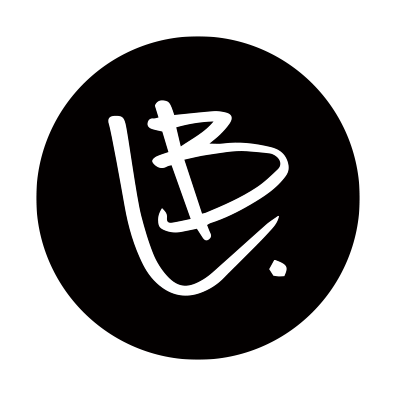Iterative Design
In the design process as with any intellectual activity, the human brain naturally follows the path of least resistance, referencing past experiences in future decision making to minimise cognitive demand. Subsequently, the first iteration of a design will be established around past experience or pre-existing ideas, leading to narrow, obvious, and bland design. Certainty over creativity. Safety over risk. Derivative over unique.
Through ideation, often better, unexpected ideas are exposed, particularly (and importantly) through hand created iterations. Irregularities created by the hand often serve to facilitate valuable deviations and new points of departure – often which were unable to be initially conceived.
